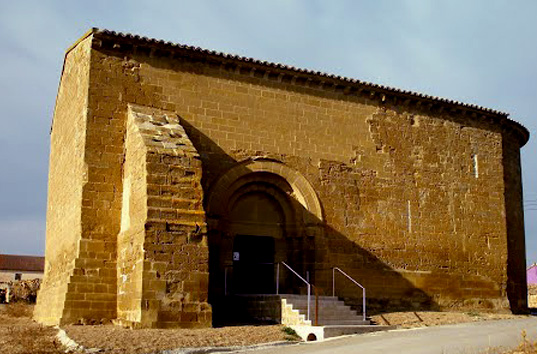
This quaint hamlet is located a few kilometers from Lupiñén and features traditional homes that create a wide layout that leads to the church, the hamlet’s main building rich in stylistic value.
The Parish Church of San Salvador has a single five-section nave separated by pointed arches, ending in a semicircular apse covered by a domed vault. The southern entrance has three archivolts supported by smooth capitals. The remains of medieval murals that appear to represent an epiphany are visible inside.
A trail leads from Nuevo to Bolea, the capital of the Sotonera region, just a few kilometers away.
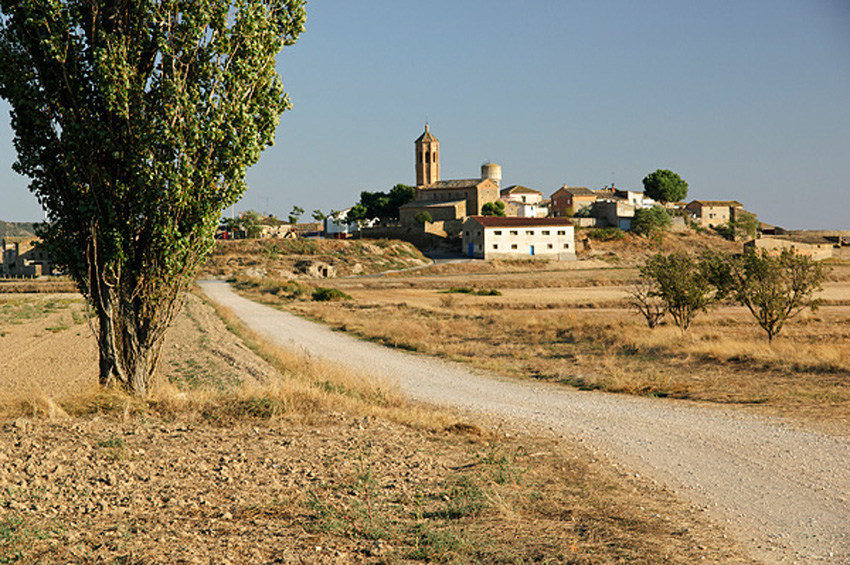
Nestled in a unique natural setting on the Hoya de Huesca plain, near the Sotonera reservoir and minutes from Tormos, Montmesa offers several surprises for visitors.
With staggered buildings that take advantage of the small elevation on which the village sits, Montmesa features a range of different buildings constructed with the area’s traditional materials: stone and rammed earth. Some date back to the 18th century and feature coats of arms and voussoir façades.
Crowning the village is the Church of San Miguel Arcángel, a 12th-century Romanesque building renovated between the 16th and 19th centuries that has a stunning Mudejar tower, the only example of this Aragonese style in the entire region.
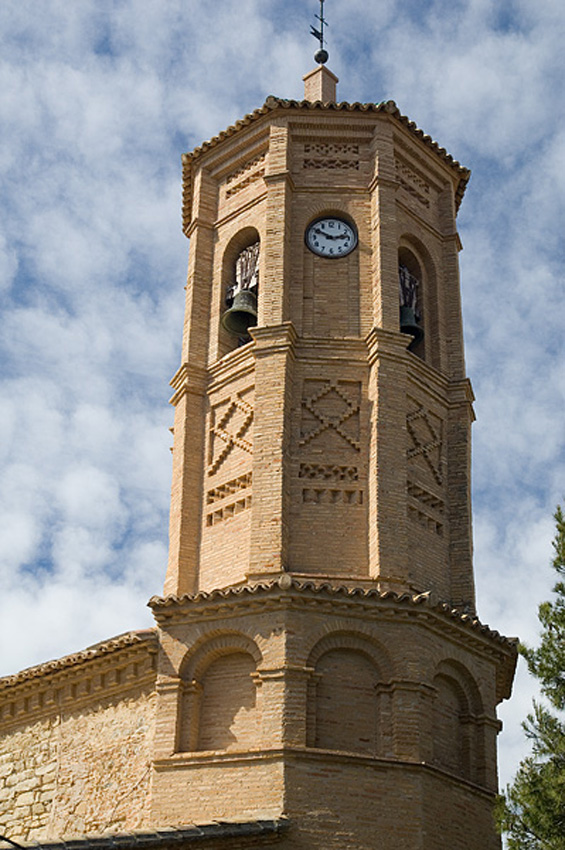
The village is home to the Alboré Pool Interpretation Center, a renowned space that provides visitors information about the importance of this wetland, its biodiversity, and its significance as an annual stopover site for cranes on their migration to more humid climates.
Nearby is the popular 17th-century Chapel of Nuestra Señora de Turrullón.
Montmesa celebrates its annual festival on September 29th in honor of St. Michael.

Historically, both locations belonged to the Sovereign Order of Saint John of Jerusalem.
Its urban layout focuses on two streets lined with 16th- to 18th-century homes, including the house of General Perena.
And the center of the village, standing out above the historic rough ashlar houses, is the Parish Church of San Gil Abad. This Romanesque church was later expanded between the 16th and 18th centuries, to adapt it to changing tastes and the village’s needs.
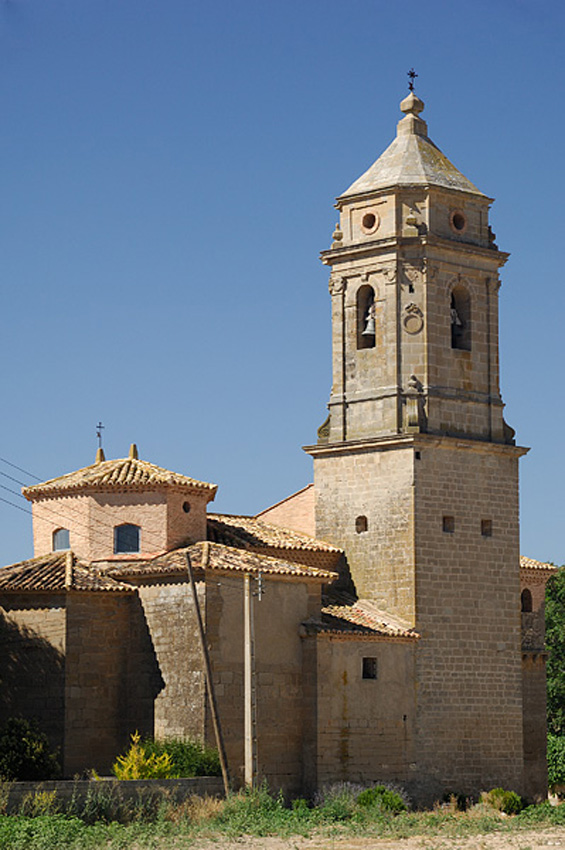
Like other villages in the area, Ortilla features cellars carved out from the western area of the hillside.
Nearby are a number of historical points of interest: on the one hand, the Church of Nuestra Señora de la Garganta, featuring traditional workmanship and a beautiful altarpiece of the Virgin, and on the other, the ruins of a Roman villa in the vicinity of the “La Mezquita” farm.
Ortilla celebrates its annual festival on September 1st in honor of St. Giles.
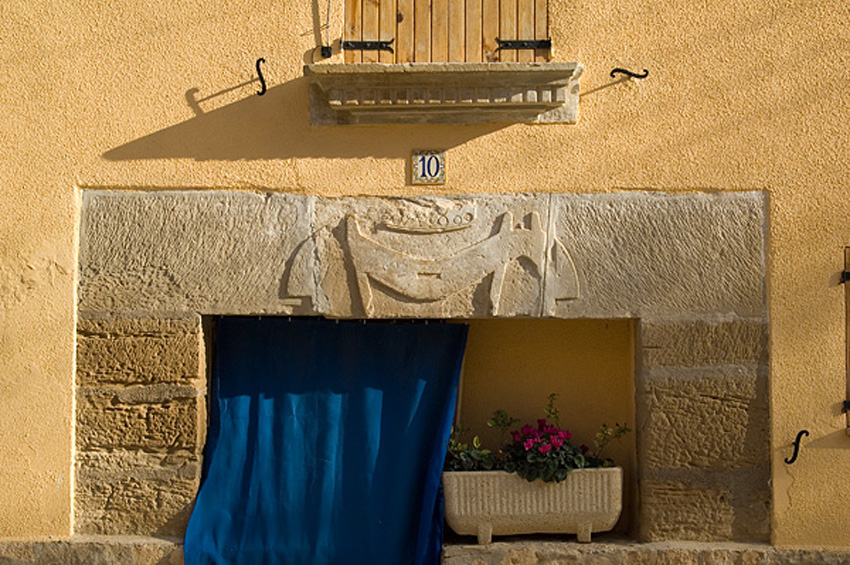
Located in the Sotonera region, today Lupiñén forms a joint municipality with the village of Ortilla, and historically belonged to the Sovereign Military Order of St. John of Jerusalem.
The hamlet is home to a number of important country homes, solid two- and three-story buildings that date back to the 17th and 18th centuries, and the streets lead to the main square and its Parish Church of San Martín. The church combines Romanesque and 16th-century Aragonese Gothic elements, although the main structure was built in the 18th-century. The church has a Latin cross layout and a dome over the transept.
Several chapels are located nearby: the 16th- to 19th-century San Pedro de Verona, and Nuestra Señora de la Huerta, which despite being entirely renovated still houses an interesting Romanesque carving of the Virgin Mary.
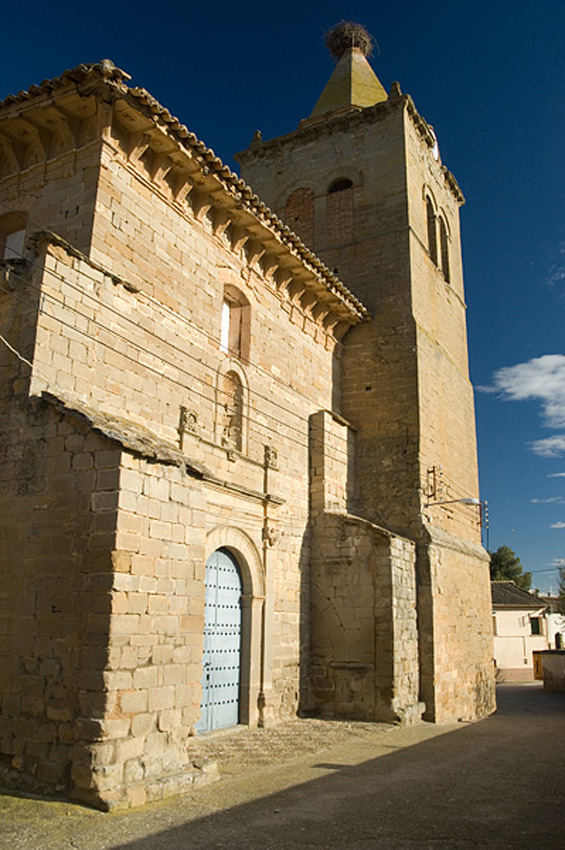
The remains of a Roman villa and an important Hispanic-Visigoth site can also be visited.
Another point of interest is Los Ocho Caños spring; two of the eight pipes are nose shaped and are sourced from a different spring than the other six.
The village celebrates its annual festivals on Pentecost, and on August 25th in honor of St. Genesius.